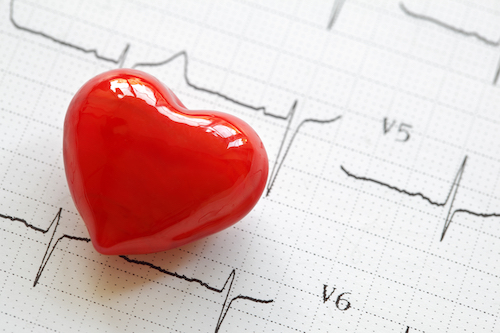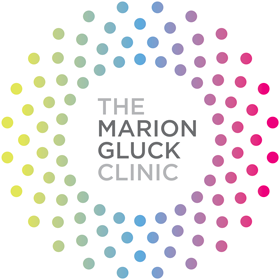
As cardiovascular disease (CVD) is something that could affect every single one of us as we age, we wanted to give you the facts around this condition and how you can support yourself during menopause to ensure you keep your heart healthy. Read on to find out the risks and what you can do to support your heart.
Why is there an increased risk around menopause?
Firstly, it is important to state that menopause is not a cause of cardiovascular disease (CVD) but a very prominent risk factor. The incidence of CVD increases with age in both men and women. Pre-menopausal women are generally protected against CVD in comparison to men of the same age. During or after menopause the risk of CVD greatly increases in women, and the largest increase in CVD risk in women occurs around age 50 and coincides with the average age of menopause when the production of estrogen declines dramatically. Estrogen plays a role in maintaining artery elasticity, increasing blood flow and decreasing cholesterol levels. The reduction of cholesterol helps to prevent the build-up of plaque in the arteries (atherosclerosis) and thus has a role in reducing the risk of CVD. Estrogen also helps the blood vessels accommodate any changes in blood flow. During menopause, the decline in estrogen is therefore linked to an increased risk of CVD as the arteries become less elastic.
What is CVD and what causes it?
CVD is the umbrella term used to classify disorders affecting the heart or blood vessels. These conditions can include stroke, coronary heart disease (CHD), heart attack and peripheral arterial disease. The exact cause of CVD remains unknown but there are certain risk factors that can increase your susceptibility for CVD. CVD can be caused by the accumulation of fatty deposits within the arteries and is associated with a higher risk of blood clot development. Other risk factors include high blood pressure, high cholesterol, smoking, diabetes, limited exercise, age and gender.
How can hormone therapy help?
The short answer is yes! Hormone therapy can help maintain the estrogen levels and therefore maintain artery elasticity. However, it is important that you take the correct type. Below is a brief history of hormone therapy that sheds light on which hormone therapy options can help.
The Women’s Health Initiative (WHI) study initially suggested that hormone replacement therapy could increase a woman’s risk for heart disease. However, in 2002, the WHI revaluation indicated that this was not the case highlighting that HRT is actually more beneficial than harmful. Menopausal women on HRT do not have an increased risk of CVD compared to women who are not on HRT.
The National Institute for Health and Care Excellence (NICE) guidelines in 2015 stated that HRT oral tablets are associated with an increased risk of developing a blood clot. The development of a blood clot can lead to CVD such as a stroke or heart attack. HRT tablets can also directly increase your risk for stroke but only slightly. HRT can however also cause other side effects such as weight gain and increase in cholesterol which in turn may increase your risk for CVD. These risks however do not apply to transdermal HRT, only the oral applications.
In contrast to HRT, bio-identical hormones can re-establish the cardio-protective advantages of estrogen and therefore reduce the risks of CVD. A study indicated that a lower risk of CVD is associated with bio-identical estrogen compared to synthetic estrogen (Zuckerman et al, 2013). Bio-identical hormones also have the same structure as hormones made by the body making them well tolerated with minimal side effects as it can be adjusted according to the patient’s needs.
Other ways to reduce your risk
A reduction in hormone levels, particularly estrogen, is not the only risk factor for an increased risk of CVD after menopause. Other risk factors include smoking, high cholesterol, diabetes, an inactive lifestyle and weight gain. The risk of CVD can be reduced through being active and exercising 2-3 times a week. A healthy diet consisting of a high fibre diet that is low in saturated fats can also reduce your risk of CVD. Eliminating smoking and managing stress (read our blog on managing stress with meditation) can further help in preventing CVD. Therefore, treatment and lifestyle changes are important components for reducing the risk of CVD.
References:




